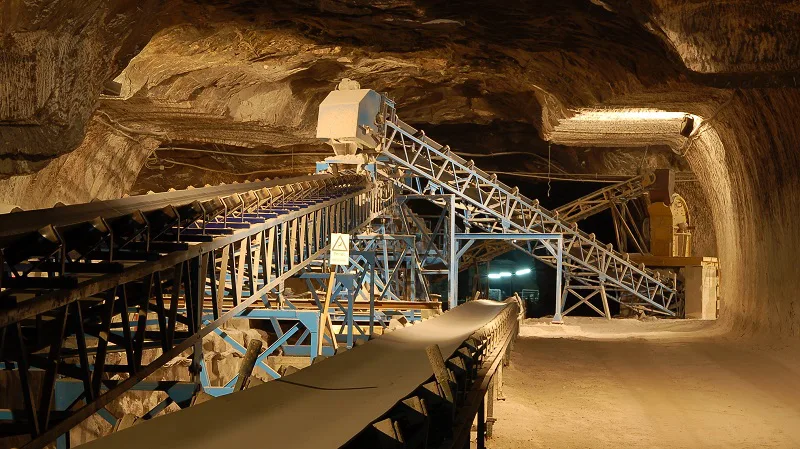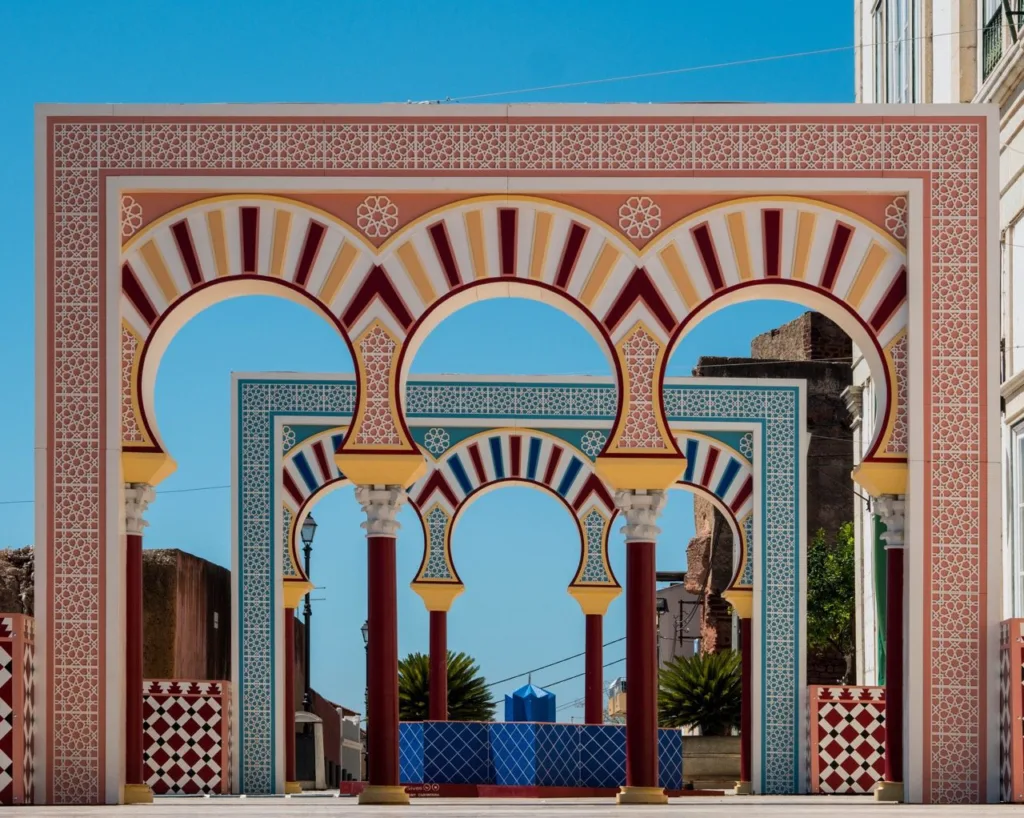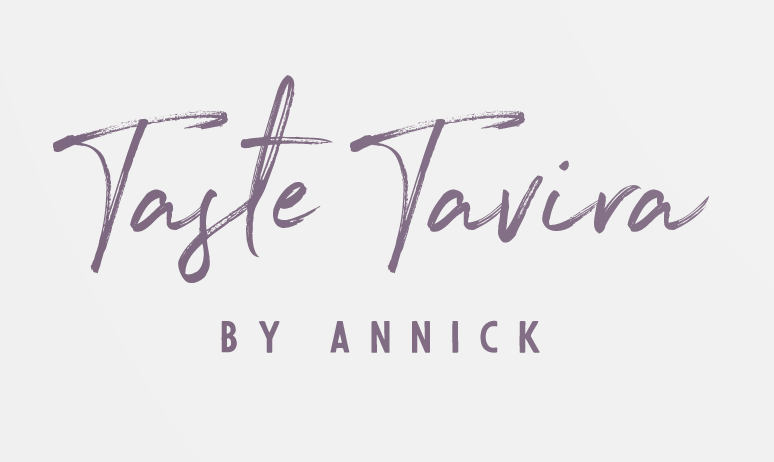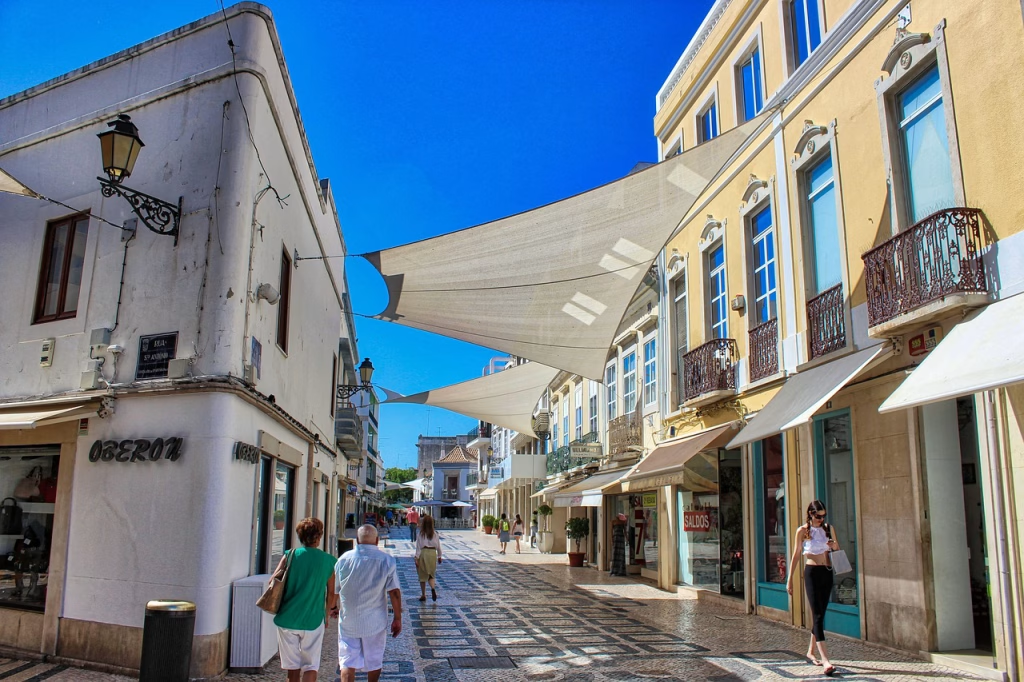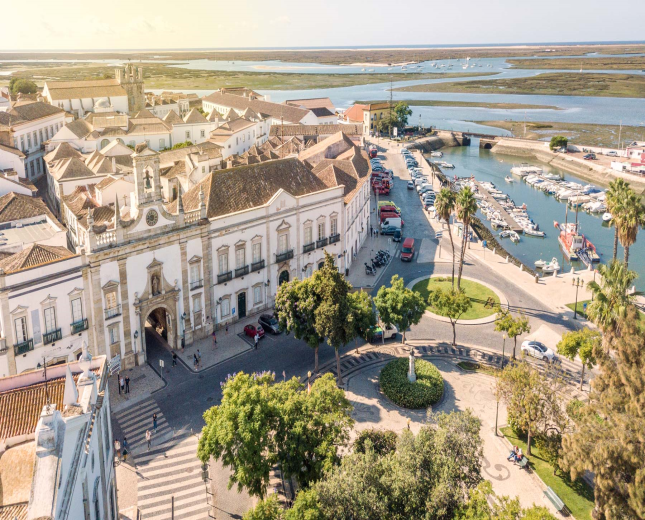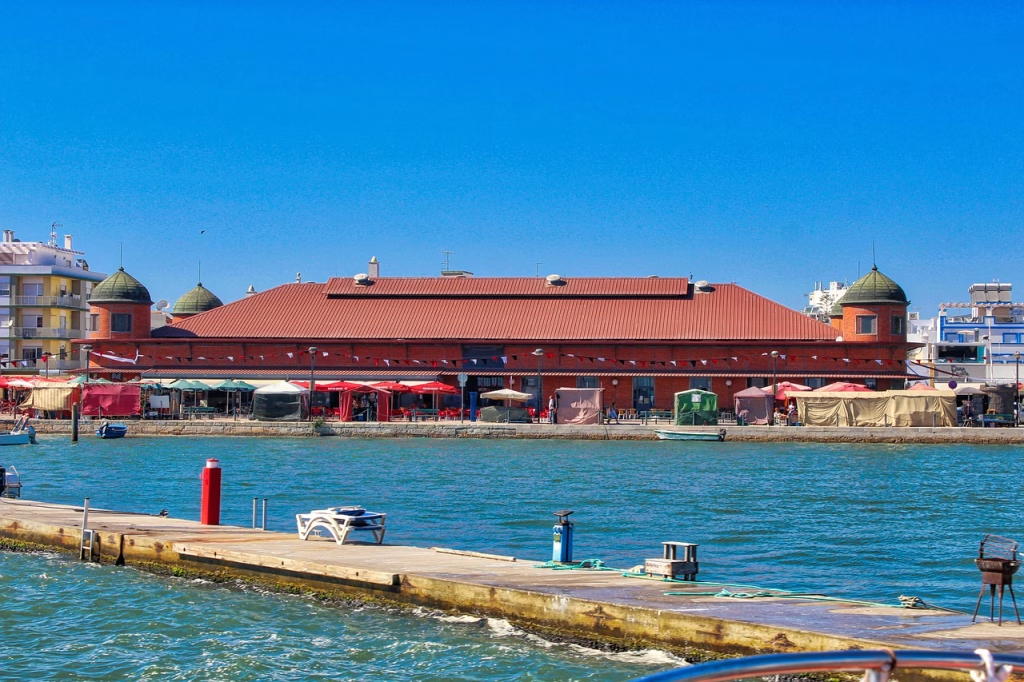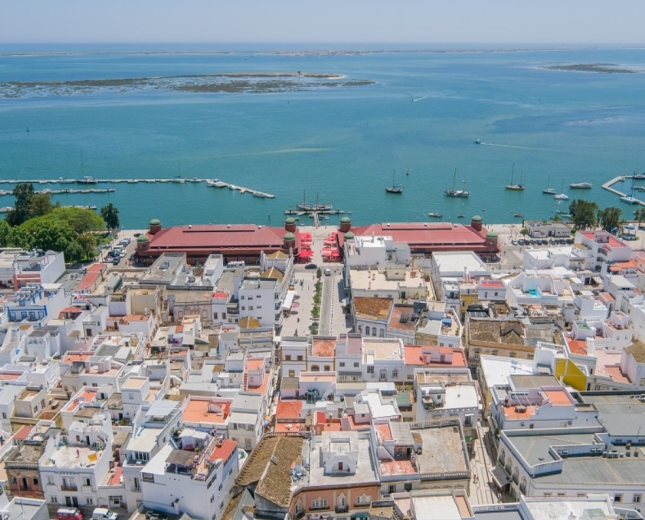A day trip by car from Taste Tavira AL to Loulé is a rewarding inland adventure. The scenic drive via Santa Catarina da Fonte do Bispo leads you through rolling hills, cork oak forests, and sleepy hamlets — giving you a sense of the Algarve’s rural heartbeat. Loulé itself is a vibrant market town with Moorish roots and a proud artisan tradition.
At the heart of Loulé lies its famous covered market , a 19th-century neo-Arabic structure filled with stalls offering fresh produce, seafood, local cheeses, cured meats, and handcrafted goods. Saturdays are particularly lively, when farmers and artisans from nearby villages join in. Wander the charming side streets around the market to discover ceramics shops, small galleries, and traditional cafés.
If you visit in spring or summer, check if the Loulé International Jazz Festival or one of the town’s folklore events is on. The Castle of Loulé , partially restored, offers a glimpse into the town’s long history and provides a peaceful view over the old town rooftops.
For something truly unexpected, venture 130 meters below ground into the Loulé rock salt mine (Mina de Sal-Gema de Loulé), one of the oldest in Portugal. The underground guided tour leads you through vast tunnels carved from ancient rock salt, while explaining the geology, history, and mining techniques. It’s a fascinating and slightly surreal experience — a cool contrast to the sunlit streets above. Tours must be booked in advance and are available in several languages. See www.loulesaltmine.com for details.
Loulé blends authenticity, creativity, and a touch of the unexpected — and it’s all within an hour’s scenic drive from Tavira.
